Free Medical Consultation
Clinical Interpretation Service
Transfer to / from Airport*



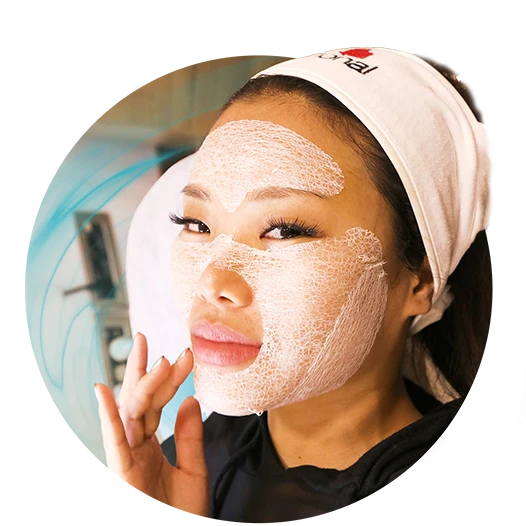
Smooth out expression lines and restore youthful harmony to your face with Botox, the most popular non-surgical wrinkle treatment worldwide. At Estetik International, we offer clinically proven Botulinum toxin injections performed by highly trained specialists, delivering natural results that never look frozen or artificial. Our Botox treatments are tailored to preserve your facial expressions while minimizing dynamic wrinkles, helping you achieve a refreshed, relaxed, and more confident look.
 Every human is different. The surgery process and procedures we offer may change depending on your case.
Every human is different. The surgery process and procedures we offer may change depending on your case.
Free Medical Consultation
Clinical Interpretation Service
Transfer to / from Airport*

Botox is the brand name for a medical-grade form of Botulinum toxin type A, used in aesthetic medicine to temporarily block nerve signals in targeted facial muscles. This action relaxes the muscles responsible for repetitive movements, such as frowning or squinting, which cause fine lines and deep wrinkles to appear over time. By inhibiting these muscle contractions, Botox smooths existing wrinkles and also prevents new ones from forming, making it an ideal preventive and corrective anti-aging treatment.
Botox is one of the most versatile injectables in cosmetic medicine. It can be used for both aesthetic and therapeutic purposes, and is especially effective for:
Botox is suitable for both men and women, and can be safely combined with fillers, skin treatments, or laser therapies as part of a personalized aesthetic plan.
Botox works by temporarily blocking the release of acetylcholine, a neurotransmitter that signals muscle contraction. By relaxing targeted muscles, the skin above them becomes smoother and less creased.
Results are localized and temporary, which means only the treated areas are affected. This allows for a customized, natural result that retains your facial expressions — just softer, more youthful, and less fatigued in appearance.
Botox treatment at Estetik International is quick, precise, and virtually painless.
There is no required downtime, and patients can return to most daily activities immediately after treatment.
Side effects are rare and typically mild, such as minor redness, swelling, or slight bruising at the injection site, all of which resolve quickly.
Choosing Estetik International means trusting one of the most respected names in medical aesthetics. We are committed to safety, precision, and delivering natural-looking results through expert care.
Whether you're treating fine lines for the first time or continuing your regular aesthetic routine, our Botox experts are here to guide you through a personalized, professional experience.
Editor: Esra Şahinler
[email protected]
Last Content Update:
2025-04-22 10:44:25
Contacted the company through WhatsApp. They talked me through each step of the way and kept in touch daily on the lead up to my flights. Transfers and hotel were provided as promised and the hospital was very nice. The Surgeons and nurses were excellent during my stay.
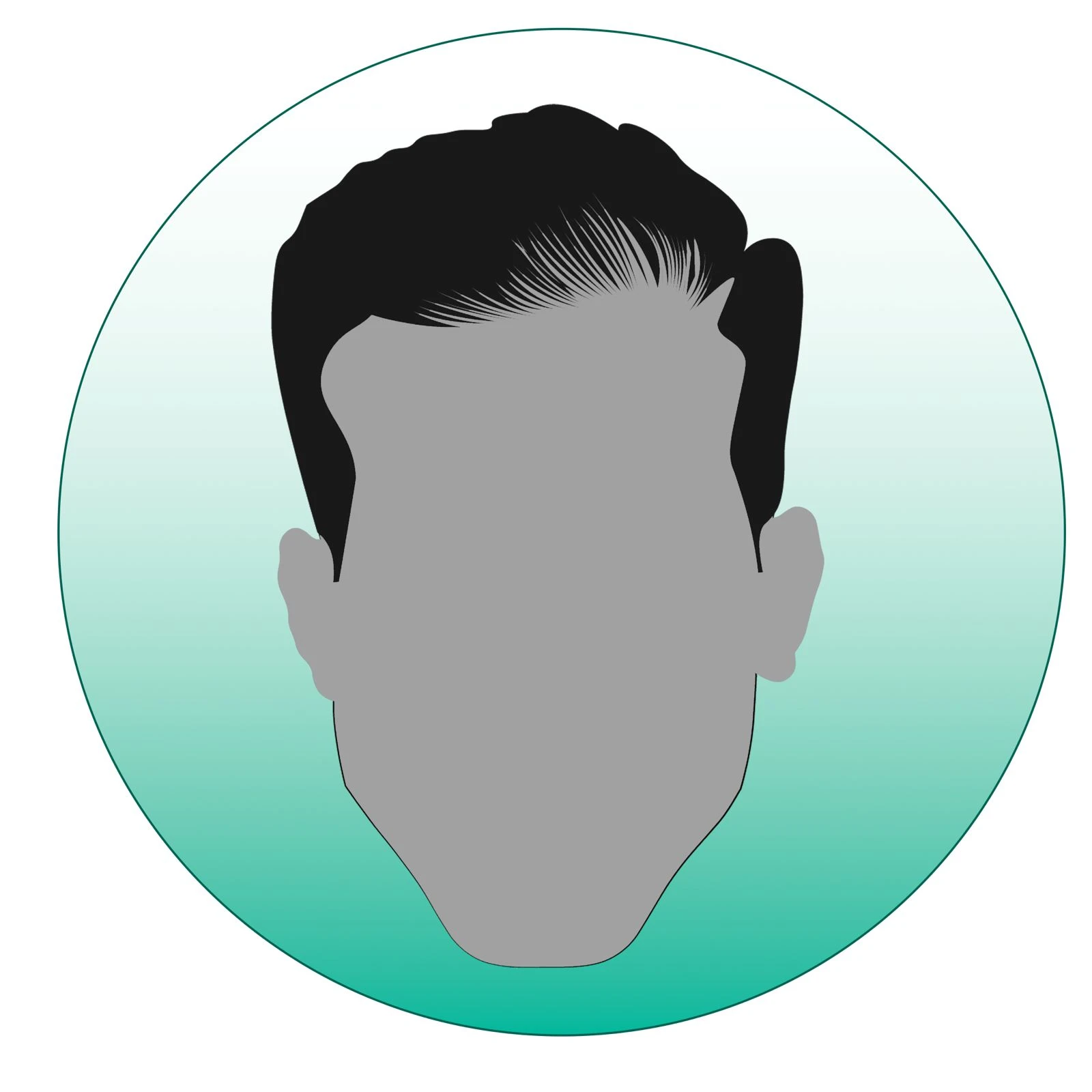
Hair Transplant Patient
I had the best experience with Estetik International! Not only are the results perfect, also all of their staff! I get so many compliments for my nose and I can recommend this clinic from the bottom of my heart!
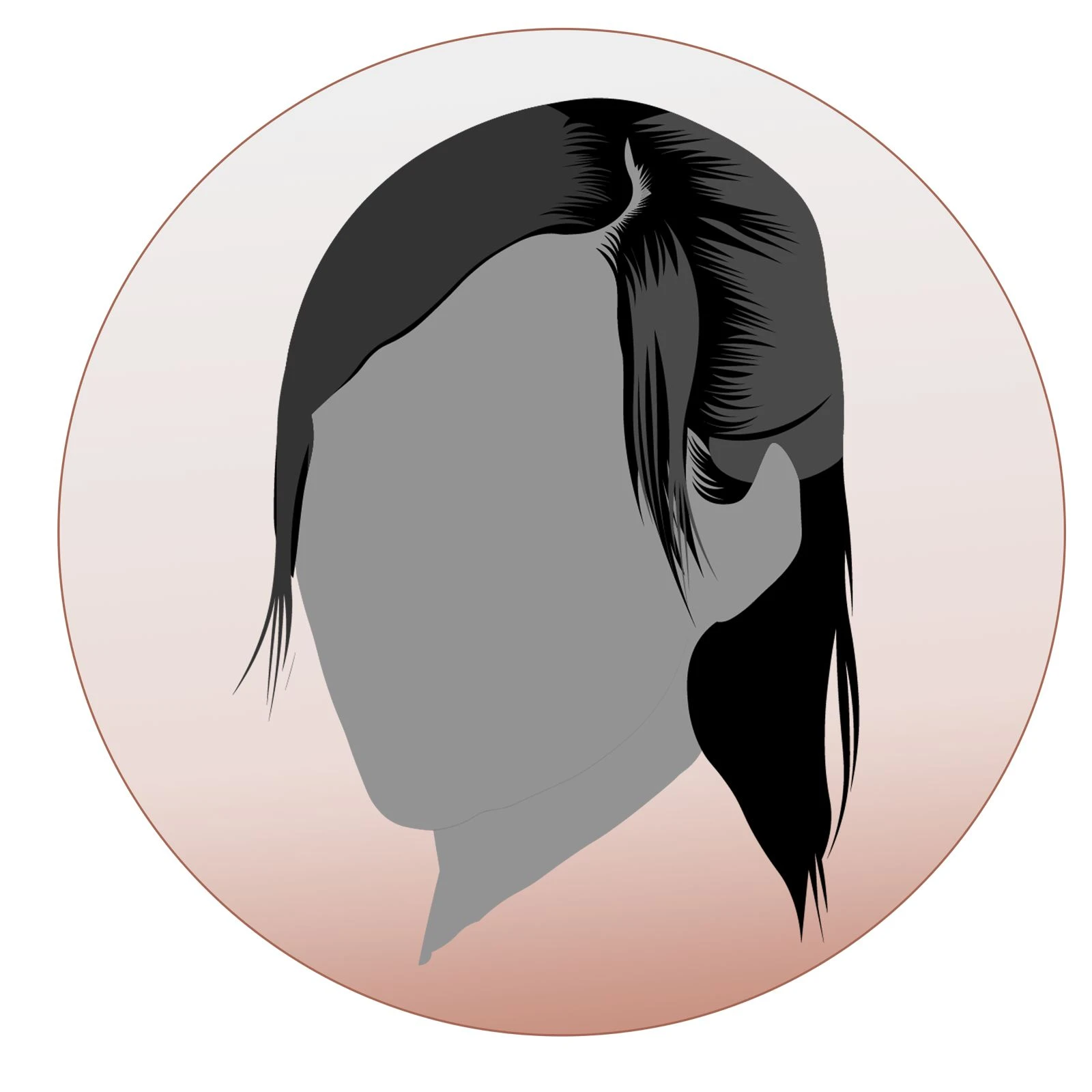
Rhinoplasty Patient
I must say that my experience at this clinic exceeded my expectations in every way possible, especially when it came to my breast implants surgery. The level of professionalism exhibited by every member of the team was truly exceptional.
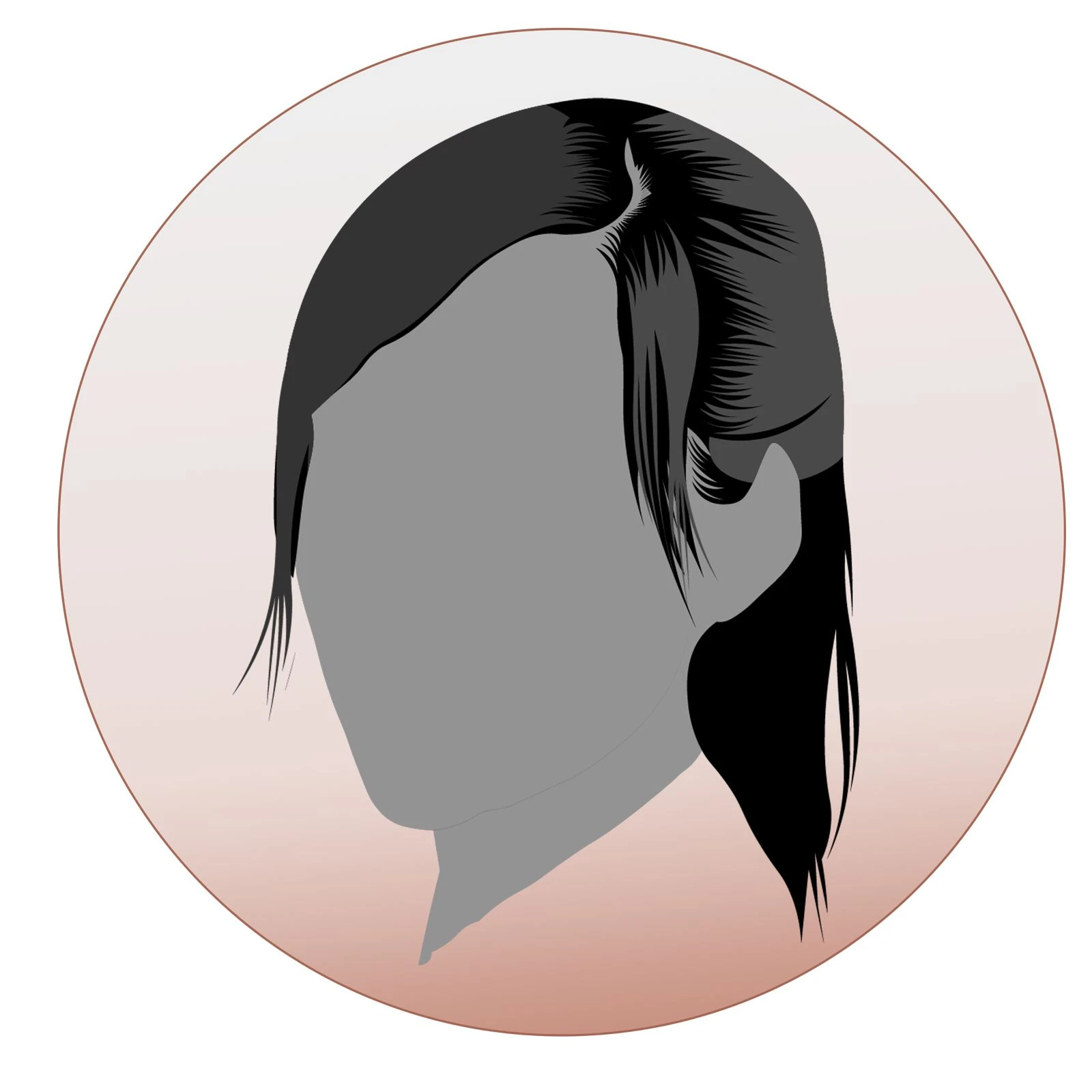
Breast Augmentation Patient
I highly recommend Estetik International for anyone considering plastic surgery. The entire team is fantastic, and they go above and beyond to ensure that their patients are comfortable and well-informed. The procedure was quick and virtually painless, and the results are amazing.
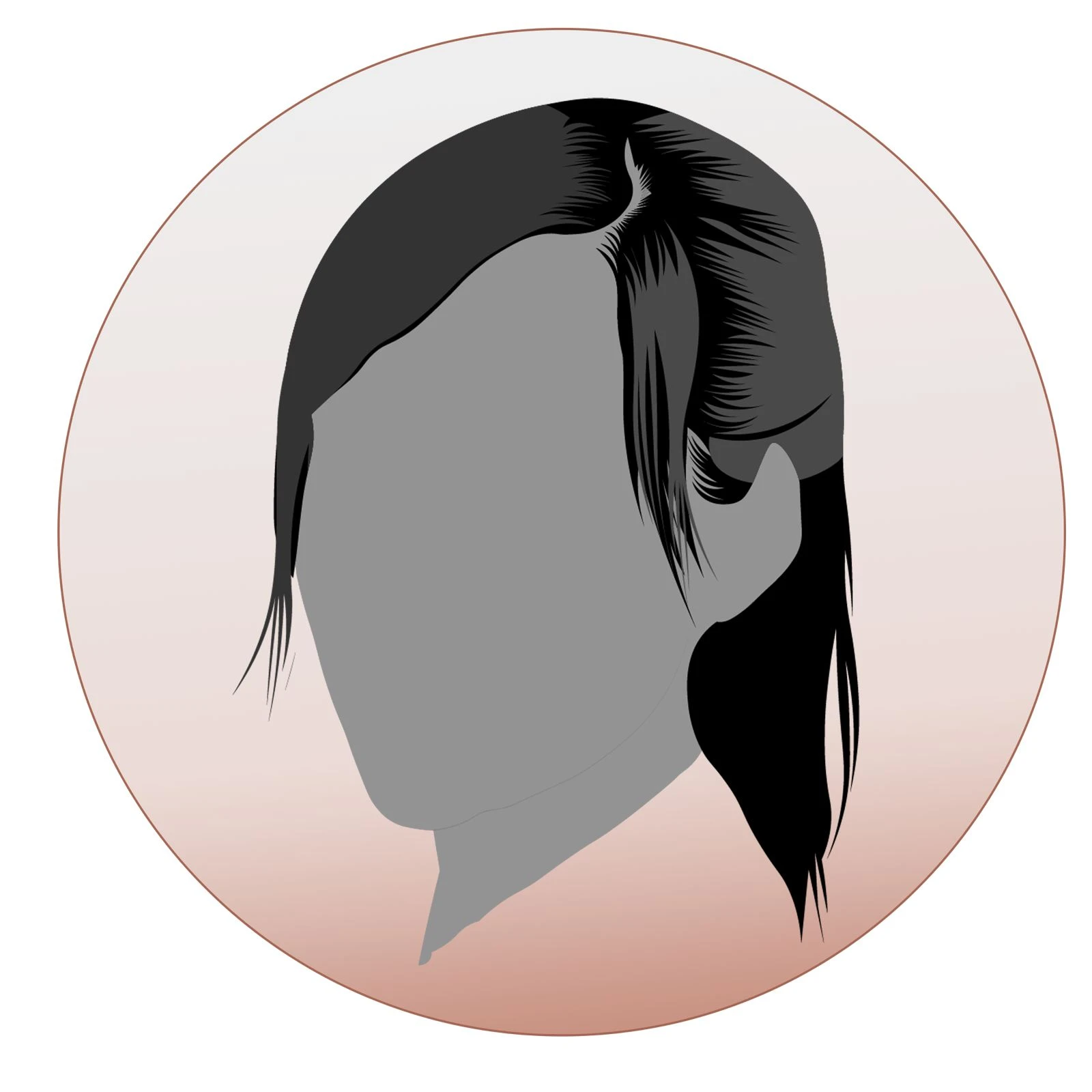
Plastic Surgery Patient
The staff are very professional and friendly. I would love to thank my translator as well. He was very professional and friendly. In the end I want special thanks from my doctor, who was very patient, and special thanks from transportation.
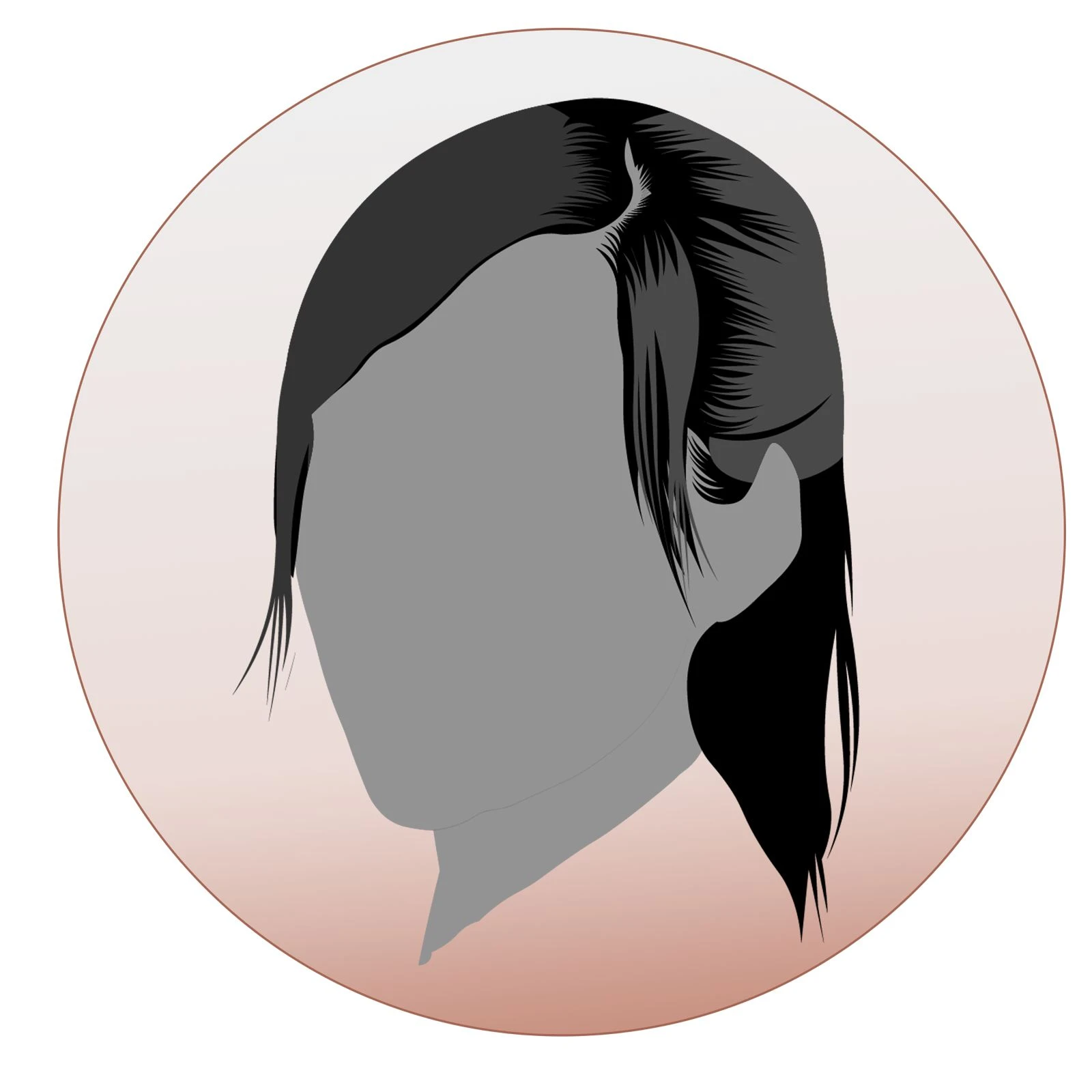
Liposuction Patient
I went to Estetik International for hair transplant.I want to express my deep gratitude to the clinic and staff for professional and high quality work. The whole organization starting from online consultation, preparation for surgery and operation itself was very good.
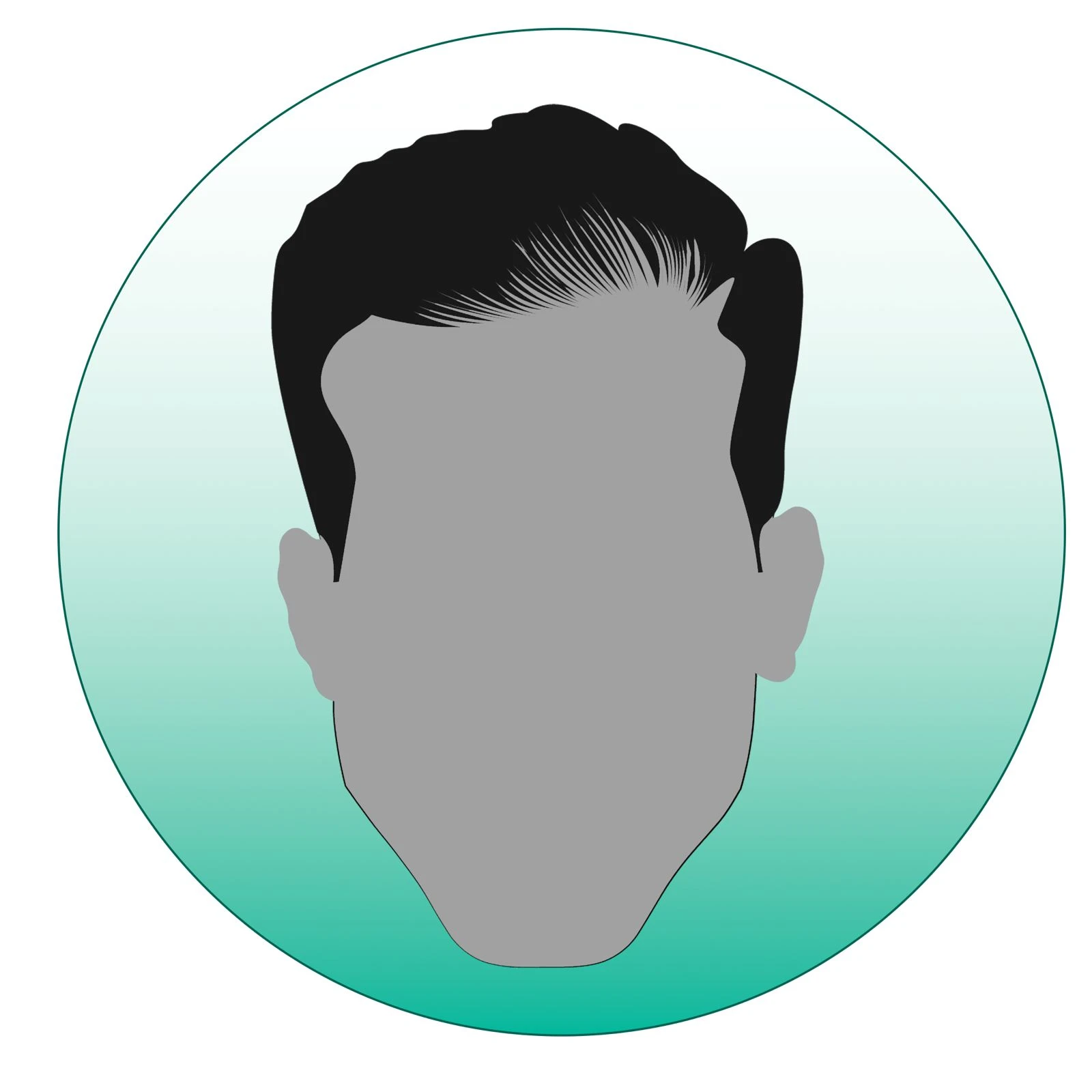
Hair Transplantation Patient
Absolutely wonderful experience with Estetik International. They treated me like a family and helped me with everything! I am super impressed with the staff and my results and I couldn't be happier with my choice! 10/10!

Tummy Tuck Patient
I had a hair transplant in this clinic, I wasn’t expecting the service to be so professional , I really recommend the 5 stars clinic.
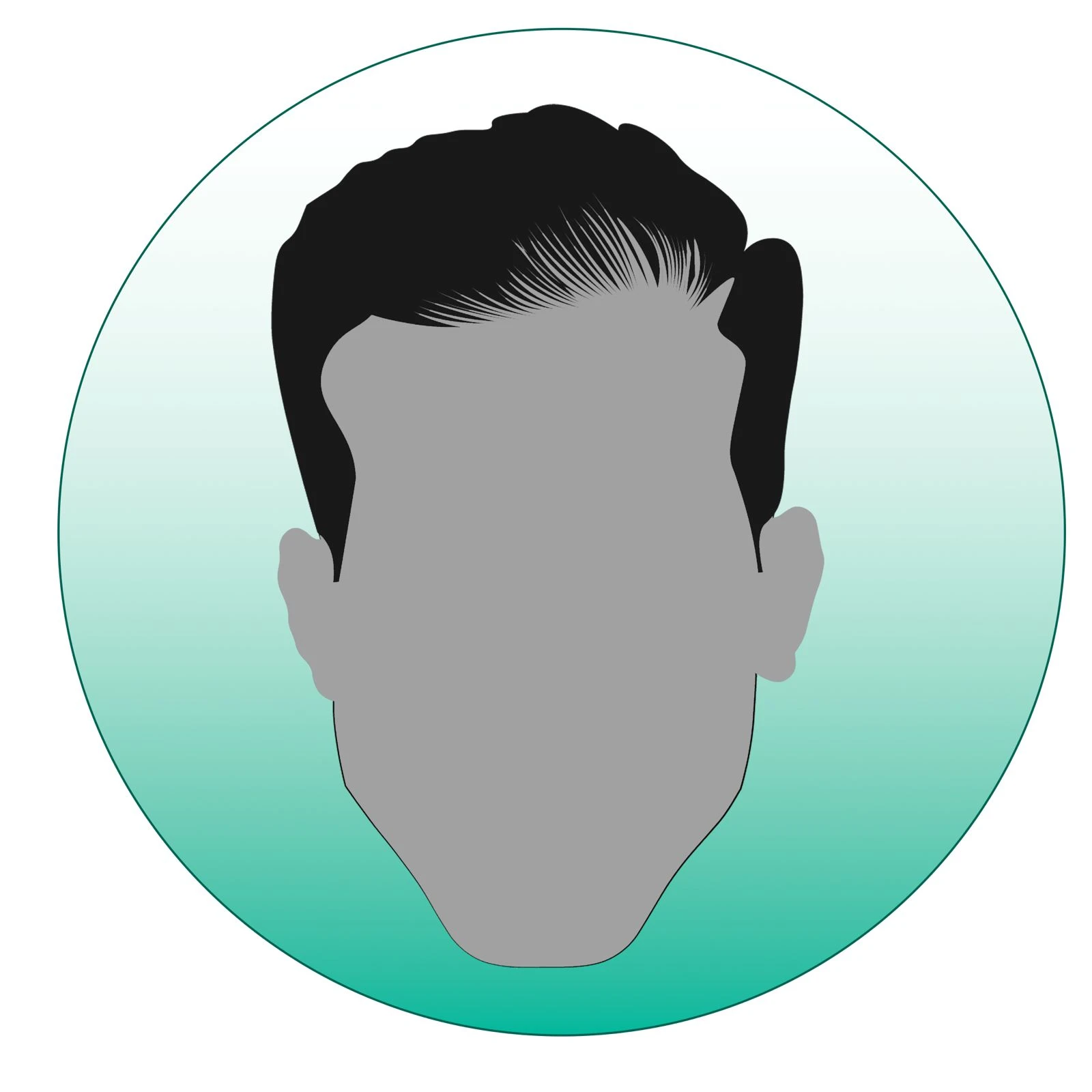
Hair Transplant Patient
Best place with friendly people. I believe anyone who walks through those doors is given top service quality for the dollar with a human touch from nurses.
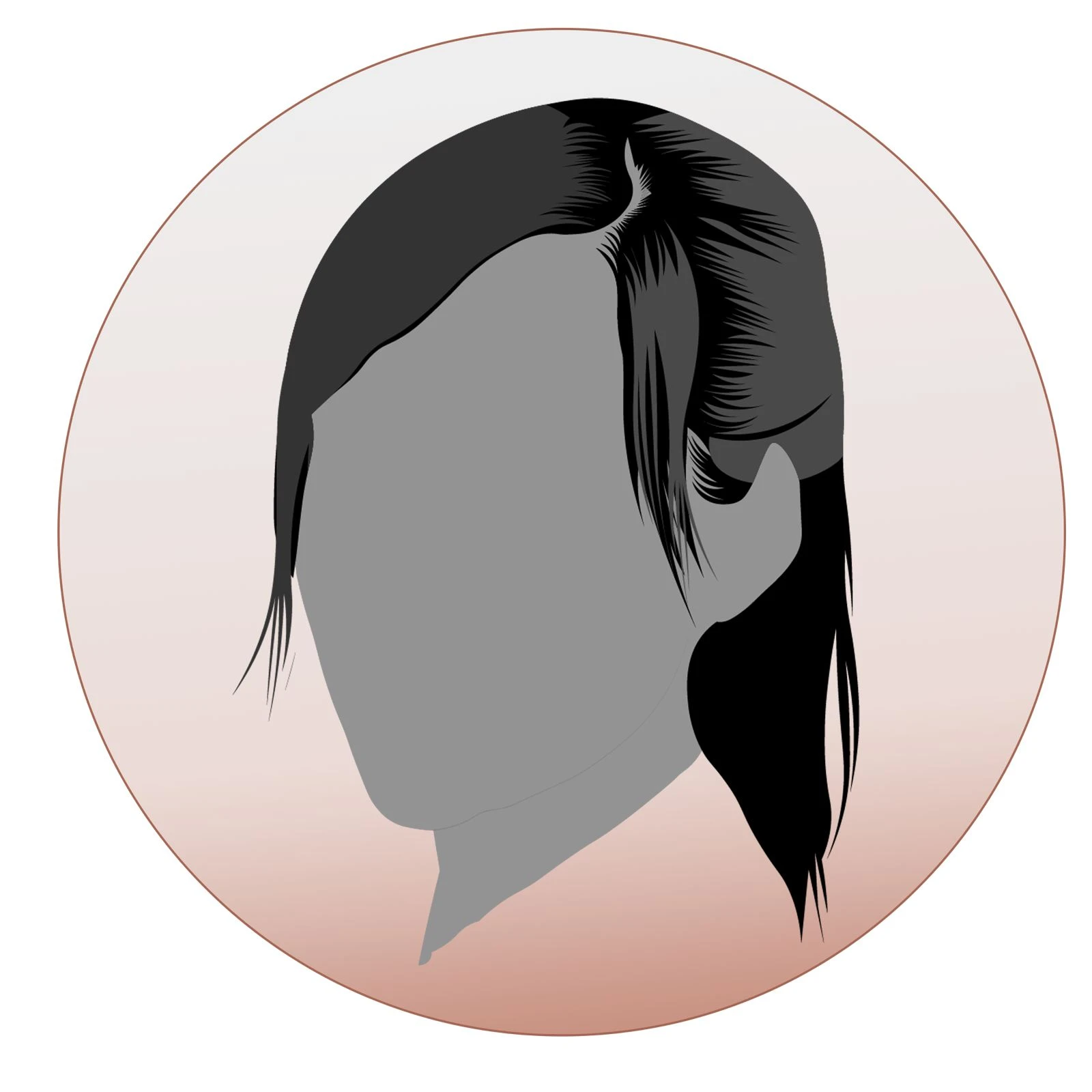
Blepharoplasty Patient
This is the best clinic for hair Transplant in Istanbul. I have my personal experience and I highly recommend this.
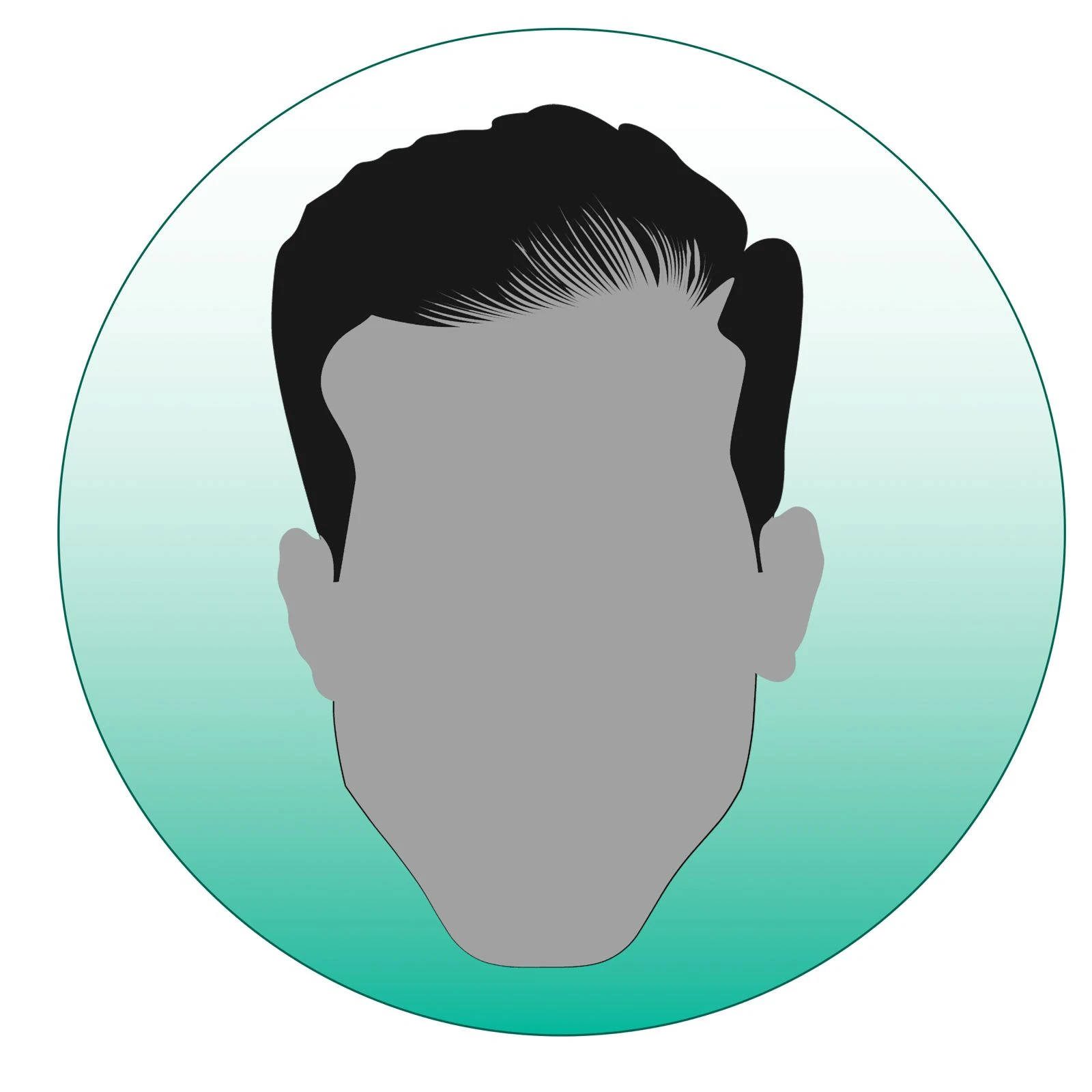
Hair Transplant Patient
A plastic surgery and hair transplant clinic in the heart of Istanbul. Modern facility, international staff, amazing and quality services.
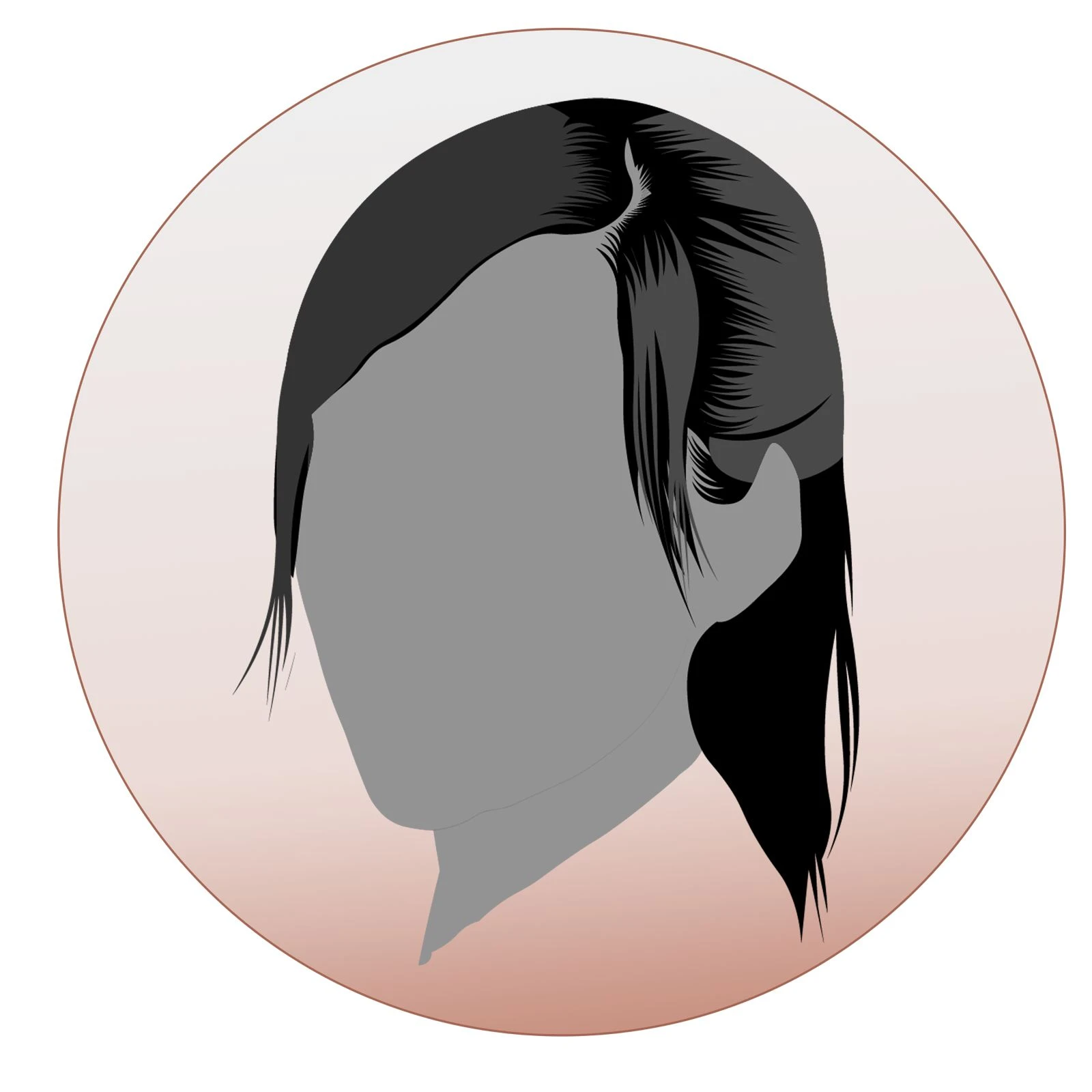
Plastic Surgery Patient
Dr.Bulent is absolutely perfect. He comforted me & provided the treatment that I needed. He makes sure the patients understand the issues & what’s cure.

Plastic Surgery Patient
I am so happy with the treatment I received from Estetik International. The results are marvelous and I would gladly recommend everyone.

Mommy Makeover Patient
Very good doctor and kind at heart. Gives maximum time to hear patient views. His clinical diagnosis is very sharp. Most of the time he avoids surgery and does not do unnecessary surgeries. Highly recommend it!
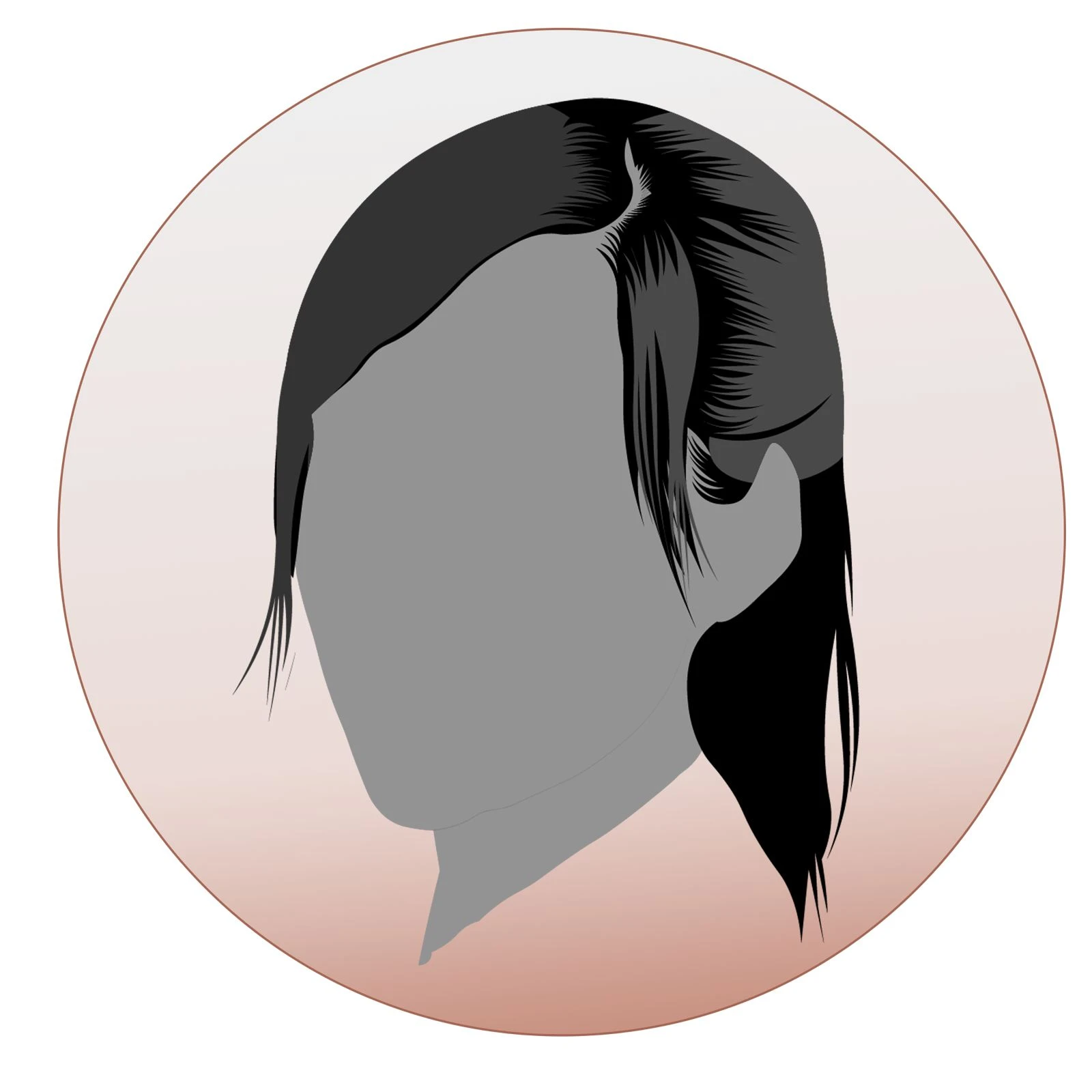
Plastic Surgery Patient
From my first contact with Estetik International I was impressed with their responsiveness and professionalism and the support of my medical consultant, from start to finish. So happy with the results!
Jacqui S
Breast Augmentation Patient